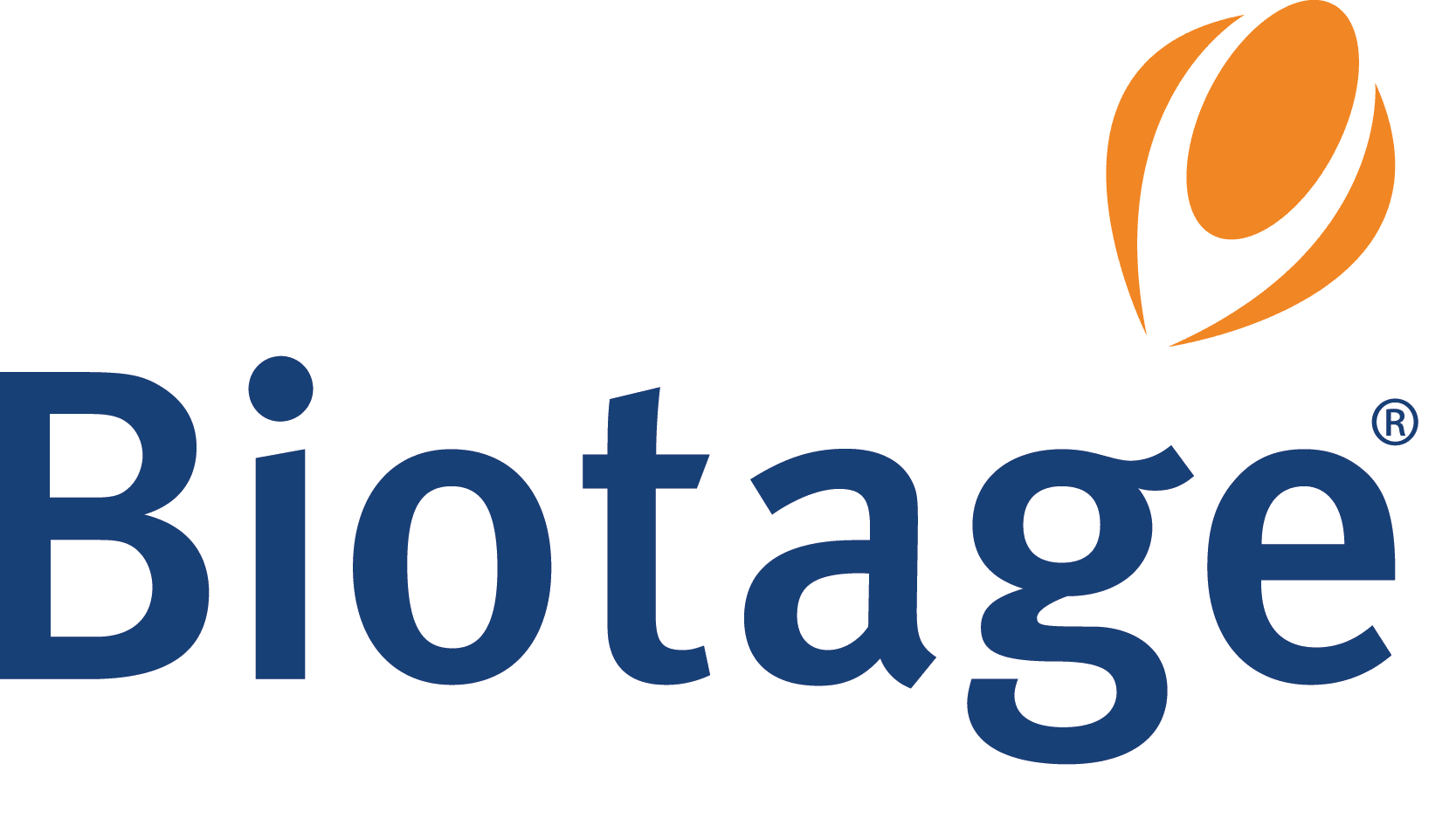Introduction
This application note gives an HPLC method for the separation and detection of carbonyl compounds in aqueous samples. Extracts are first derivatised with 2,4 dinitrophenylhydrazine (DNPH). After derivatisation, the carbonyl compounds are extracted and injected onto a Merck Hibar® HR 100-2.1 mm Purosher® STAR RP-18e, 2 μm column and separated using gradient elution. The separated compounds are then quantified by UV detection at a set wavelength of at 360 nm. These analytical procedures are consistent with U.S. EPA Method 554, pertaining to drinking water samples and U.S. EPA Method 8315, pertaining to aqueous and solid waste, soil, stack gas and indoor air samples. In this method the VWR Hitachi Chromaster is used in a mixerless pump formation, meaning that the system delay volume is kept to a minimum. The high performance Chromaster proportioning valve is used in a high frequency mixing mode (HFM) instead of a mixer. This use of Hitachi‘s expertise in high performance electronics has greatly improved the design of low pressure gradient (LPG) accessories, meaning that in a number of applications a high pressure gradient binary system is not necessary. This makes use of the flexibility of a LPG quaternary system where by tetra hydrofuran is used as a third component of the mobile phase. The THF aids the separation of the more polar components by forming an intermediate complex to slightly reduce the polarity of these derivitised compounds.

 Figure 1. Derivitisation reaction of carbonyl group with 2,4-DNPH.
Figure 1. Derivitisation reaction of carbonyl group with 2,4-DNPH.Large quantities of carbonyl compounds are used worldwide as raw materials and intermediates in the chemical and plastics manufacturing industries. These compounds are skin, eye and respiratory system irritants, many are also suspected of being carcinogenic. Owing to widespread, high volume industrial use of such compounds, they are present in workplace air spaces and industrial waste materials. As a result of this they are also present in municipal waste burial sites, which can contaminate groundwater that may eventually be used for drinking.It is therefore important to be able to quickly qualify and quantify these compounds in a reliable and reproducable way, however, a number of carbonyl compounds that are often present in air samples have no chromophores. For low molecular weight aldehydes and ketones in air and water, HPLC with an in-situ derivatisation of carbonyls using 2,4-dinitrophenyl-hydrazine (DNPH) (Figure 1) is a reliable way of quantifying the amount of these carbonyls present.The cut method of sample injection in the 5260 autosampler gives the Chromaster a highly reproducible injection performance. Care should be taken to make sure the correct lead and rear volume is programmed in the method.





